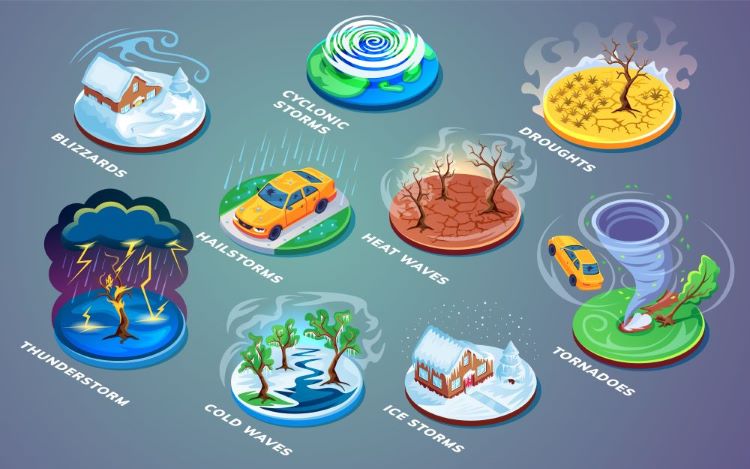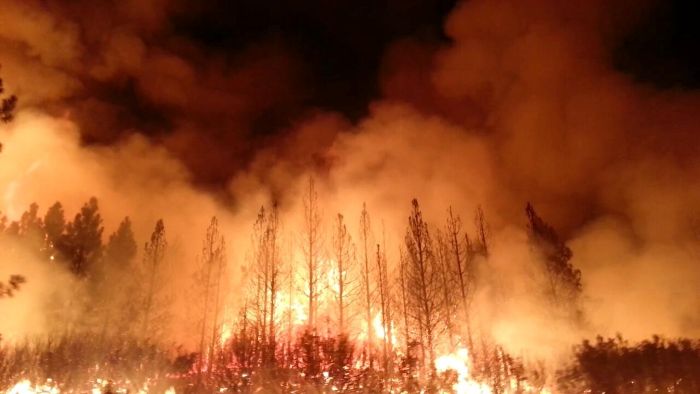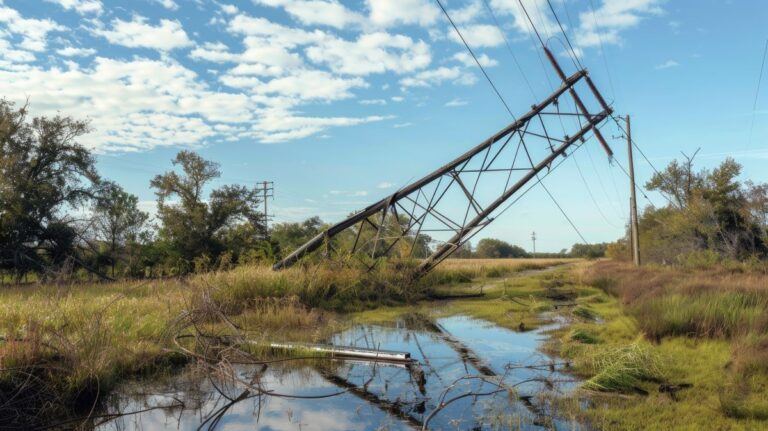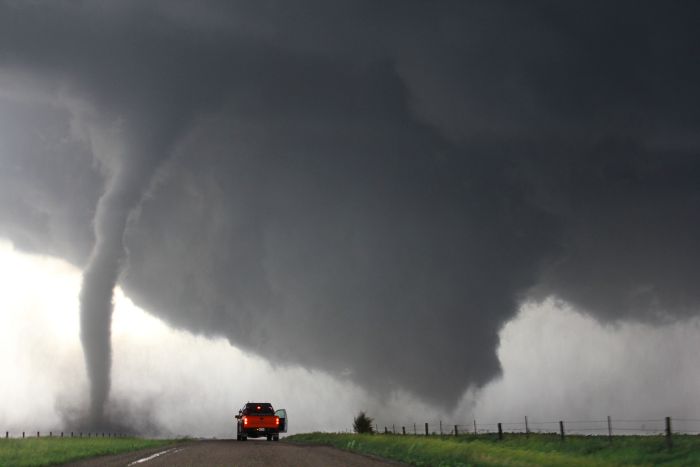What Are the Challenges of Emergency Planning for the Elderly?

Understanding these Challenges
As an aging person, I see a significant shift toward an aging population as I analyze demographic trends. I love planning things, and planning for an emergency is just one thing I do as I age. We baby boomers are now in our aging years. This change presents various challenges in emergency planning for the elderly that communities and emergency services must anticipate and address.
Older adults face distinctive vulnerabilities during emergencies. These include mobility limitations, sensory impairments, and a higher prevalence of chronic health conditions. Each of these factors requires specific emergency response considerations to ensure the safety and well-being of this demographic.
Let’s look at history for concrete examples. Take the heatwaves in Europe or hurricanes in the United States — these events disproportionately affected the elderly. Not only are the statistics sobering, but they highlight the urgent need for targeted emergency planning.
As our population ages, traditional emergency preparedness methods need to evolve. An age-friendly approach is not just compassionate; it’s a practical imperative that will save lives.
In the next section, I will discuss inclusive emergency preparedness strategies that cater specifically to the needs of older adults. It’s about providing adaptable solutions that respect the dignity and independence of each individual while actively reducing their risk during catastrophes.
Inclusive Emergency Preparedness: Strategies for Age-Friendly Planning
Emergency preparedness is not a one-size-fits-all affair. Age-friendly strategies are critical for the safety of older adults. They must account for this demographic’s unique needs and circumstances to ensure no one is left behind.
Developing inclusive plans requires incorporating key principles that prioritize accessibility and clear communication. Emergency services must adjust their protocols to address:
- the mobility challenges,
- sensory impairments,
- and the need for regular medication, which many older individuals face.
Collaboration is pivotal. Engaging with organizations with expertise in elderly care, such as senior centers, health care providers, and nonprofit organizations, brings valuable insights. These partnerships facilitate tailored outreach efforts, ensuring vital information and assistance reach this vulnerable group effectively.
Investing in educational programs for older adults can drastically improve emergency response outcomes. Workshops, brochures with larger print, and clear, concise information broadcasts can raise seniors’ awareness of how to stay safe during an unforeseeable event.
Integrating these strategies into a community’s emergency preparedness plan creates a foundation to support older residents’ well-being. The next step, and a natural progression, involves incorporating technology and innovation to further enhance the safety and security of older adults during crises.
Technology and Innovation in Support of Older Adults During Crises
An aging population needs modern solutions, especially when emergencies strike. Integrating technology into emergency planning can drastically improve the safety and well-being of older adults. Smartphones and emergency alert systems can provide timely information. But there’s more. Engineers are developing wearable devices designed to track health vitals and alert emergency services automatically in times of crisis.

Such health monitoring tools are not just gadgets; they could be lifesavers. They offer continuous insight into the wearer’s well-being, allowing swift action. Imagine a scenario where a fall is detected, and help is sent immediately without the person needing to press a button. That’s the potential power of technology in emergencies.
Beyond personal devices, innovation extends to evacuation procedures and shelter designs. Traditional evacuation methods often don’t account for mobility issues that many older adults face. Solutions are emerging, such as shelters that accommodate wheelchairs and walkers or communication services designed for those who are hard of hearing.

The next step is ensuring these innovations are widely implemented and accessible. Clear policies can help bridge the gap between great ideas and practical applications.
Policy Development for Aging Population Emergency Preparedness
Developing robust policies is crucial in safeguarding older adults during emergencies. Governments and the protocols that healthcare facilities and community services must follow play a key role. I’ll explain the essential steps to establish policies protecting our aging population.
- It’s essential to recognize the basis of effective emergency response policies. They should be grounded in thorough research, including demographic analyses, and account for the specific needs of older adults. Policies must incorporate various scenarios, from natural disasters to pandemics.
- Case laws set precedents that shape how organizations should respond to the emergency needs of the elderly. These laws often arise from past incidents where the response was inadequate, highlighting the need for legal frameworks to ensure better protection and orderly conduct during crises.
- Regulatory frameworks are implemented to ensure that care facilities and support services have clear guidelines to follow. These frameworks often include mandatory emergency drills, evacuation plans, and procedures that prioritize the safety of older residents.
- Collaboration is vital to creating effective policy. Government agencies must work closely with healthcare providers and community organizations to develop and refine emergency plans. Joint training exercises can be instrumental in preparing teams for real-world scenarios.
Next, I will discuss how empowering older adults through training, community support, and volunteer initiatives can complement these policies, creating a well-rounded framework for emergency preparedness.
Empowering the Elderly – Fostering Self-Reliance and Community Support
Empowerment and education are paramount in ensuring older adults can confidently navigate emergencies. I emphasize the importance of training in basic preparedness skills, enabling the elderly to respond effectively to crises. These skills can be life-saving, from understanding emergency alerts to stocking essential supplies.
Community support networks act as a safety net for the elderly during emergencies. Establishing local groups that can check in on and assist older residents is crucial. These networks often form the first line of defense before professional aid arrives, proving their undeniable value.
I advocate for intergenerational cooperation because it strengthens communities holistically. Programs that encourage young volunteers to assist the elderly provide practical benefits and promote understanding and respect across age groups. Such cooperation is a cornerstone of resilient communities in the face of adversity.
In my experience, disaster preparedness is not just about policies and procedures; it’s about the people. We older adults keenly feel this when our independence and well-being are at risk. Focusing on tangible actions and nurturing community bonds, we help safeguard our most experienced citizens while reinforcing the social fabric that benefits us all.
Have you had issues with your emergency planning as a senior? Have you had successes and maybe learned tricks or tips you could share with our community in the comments below? Please leave a reply/comment regardless. Thanks much!






